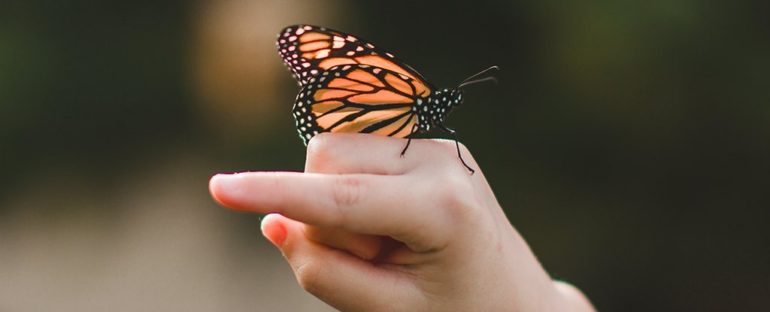Apocalypse or revolution? Depending on the study making headlines, insect numbers around the world are either in dramatic freefall or simply an alarming state of flux, with some species even benefiting from changes in climate.
While researchers debate the details, most are in agreement that our existing lifestyle is fundamentally linked with insect numbers, and unless we act fast, we can expect trouble in the future.
In a series of papers published in the latest Proceedings of the National Academy of Sciences (PNAS), experts sum up the state of insect numbers as a measure of biomass, individual numbers, and species. And no matter which way we cut it, it’s an issue we really need to get on top of.
Saul Cunningham from the Australian National University wasn’t one of the 56 authors contributing to the commentary. But as Director of the Fenner School of Environment & Society at the university, he’s aware of just how important insects are to our communal wellbeing.
“Insects are hugely important to ecological processes that humans rely on, including the provision of food and recycling of nutrients into the soil,” says Cunnigham.
“That is why they have been described as the little things that run the world.”
Those ‘little things’ have been running vital ecological processes for hundreds of millions of years, diversifying into more than a million extant species. And that’s just the ones we’ve counted. It’s hard to imagine a world without them.
Yet in recent decades the ranges and proportions of many species have dipped significantly, most likely due to factors such as changing temperatures, rainfall, habitat loss, and pesticide use.
Most commonly cited statistics put estimates of insect biomass loss at around 1 to 2 percent per annum – a shocking figure made all the more alarming when local variations are taken into account, with some areas seeing losses of 10 percent or more every year.
“They also show that insect declines are not universal, with losses not apparent for some other regions,” says Cunnigham.
“The studies add significant urgency to the case that we need to develop agricultural practices that support healthy and diverse insect populations.”
Not only is the decline not universal, in some parts of the globe insects are having a hey-day. Especially in temperate climates, many species are booming, most likely due to rising temperatures pushing ranges of habitat out towards the poles.
It’s a great time to be alive if you’re a southern British species of moth, for example. With environmental protection laws cleaning up waterways, populations of aquatic bugs and beetles are on the rise.
But just because the big picture is complicated, it doesn’t mean we ought to be complacent. For one thing, the loss of even a few less robust species in the midst of global climate change could be a sign that worse is to come.
As to thriving insect populations, a surplus of moths, water-striders and cockroaches won’t mean much when crops fail in the wake of lost pollinators, or garbage overflows for want of specialist detritivores.
Entomologist Akito Kawahara from the Florida Museum of Natural History co-authored one of the journal’s opinion pieces, urging communities to do more to ensure there are plenty of creepy-crawlies around to continue their hard work.
“In the US alone, wild insects contribute an estimated US$70 billion to the economy every year through free services such as pollination and waste disposal. That’s incredible, and most people have no idea,” says Kawahara.
He and his team outlined a handful of simple actions we can all undertake to do our bit to ensure local biodiversity remains strong.
For example, keeping outside lights off at night, or switching bulbs to avoid luring insects away from habitats where they’re doing more good; washing your car and driveway with biodegradable soaps, and using soy-based driveway sealants.
Some of the suggestions don’t even require lifting a hand. Got a lawn? Hold off on mowing for a few weeks. Better still, rip up a portion of it and replace with some natives. Kawahara recommends reserving a chunk of your yard space for insects, which means no pesticide and plenty of choice in vegetation.
“If every home, school and local park in the US converted 10 percent of lawn into natural habitat, this would give insects an extra 4 million acres of habitat,” he advises.
Hopefully, 2021 will see even more studies on insect numbers in flux around our planet, painting a complex scene of species in freefall and others breaking new ground. We’re going to need all the information we can get.
“We can learn from those places that are not witnessing dramatic insect declines,” says Cunnigham.
“Globally we are not monitoring insect populations in a widespread or systematic way, which limits our power to respond.”
This research was published in PNAS.



